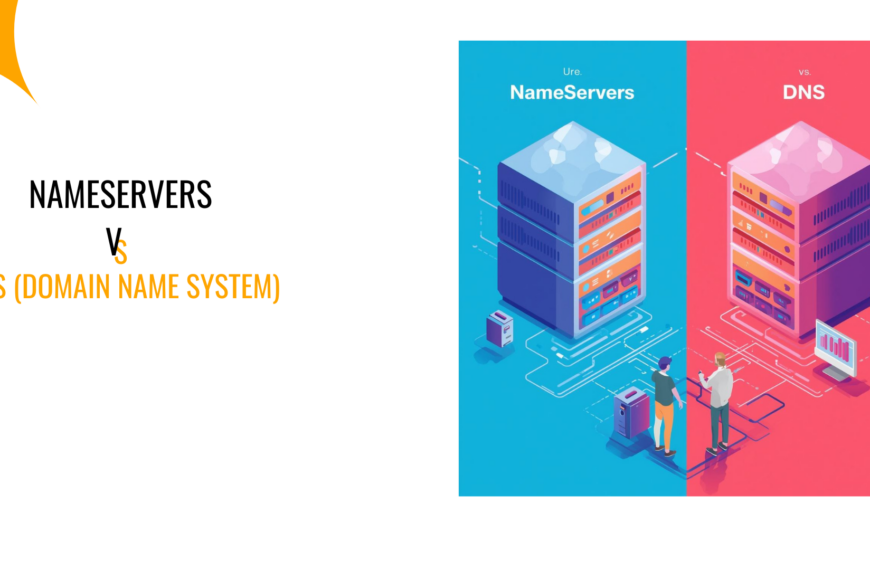Ever wondered which clothing brands are raking in the big bucks in India? It’s a booming market, with tons of players vying for the top spot.
But who’s actually winning?
Let’s break down the scene, analyze some key factors, and see which brands are truly dominating the Indian clothing market in terms of profitability.
How is the Profitability in the Clothing Industry?
Before we talk about specific brands, it’s crucial to understand what we mean by ‘profitable.’
It’s not just about high sales figures; it’s about the bottom line – how much money the company actually keeps after all expenses are paid.
Several factors influence profitability:
- Revenue: This is the total money earned from sales.
- Cost of Goods Sold (COGS): The cost of producing or acquiring the clothes sold.
- Operating Expenses: Costs like rent, salaries, marketing, etc.
- Net Profit: The final amount left after deducting COGS and operating expenses from revenue.
A brand can have high revenue but still low profitability if its costs are too high.
We need to consider all these aspects to get the full picture.
Key Players in the Indian Clothing Market
| Brand | Style | Price Range | Target Audience | Known for | Sustainability/Ethics |
| Fabindia | Ethnic wear, Indo-Western | Mid-range to High | Men, Women, Kids | Handloom fabrics, traditional techniques, quality | Strong emphasis on ethical sourcing and sustainable practices |
| Biba | Ethnic wear, mainly for women | Mid-range | Women, Girls | Variety of styles, vibrant colors, festive wear | Some initiatives towards sustainability |
| W for Woman | Western wear, Indo-Western | Mid-range | Women | Contemporary styles, trendy designs | Limited public information on sustainability |
| Allen Solly | Western wear, formal, casual | Mid-range to High | Men, Women | Office wear, smart casuals | Part of Aditya Birla Group, which has some sustainability initiatives |
| Peter England | Western wear, formal | Mid-range | Men | Affordable formal wear, good quality | Part of Aditya Birla Group, which has some sustainability initiatives |
| Manyavar | Ethnic wear, mainly for men | Mid-range to High | Men, Women (limited) | Wedding wear, traditional attire | Limited public information on sustainability |
| Global Desi | Indo-Western, bohemian | Mid-range | Women | Vibrant prints, fusion wear | Limited public information on sustainability |
| Levi’s | Western wear, denim | Mid-range to High | Men, Women | Classic denim, jeans, casual wear | Global sustainability initiatives, Water<Less campaign |
| H&M | Fast fashion, Western, trendy | Affordable | Men, Women, Kids | Trendy styles, affordable prices | Mixed record on sustainability, some initiatives like Conscious collection |
| Zara | Fast fashion, Western, trendy | Mid-range | Men, Women, Kids | Latest trends, runway-inspired styles | Mixed record on sustainability, some initiatives like Join Life collection |
India’s clothing market is incredibly diverse, with a mix of international giants, established domestic brands, and emerging players. Some prominent names include:
- International Brands: Zara, H&M, Nike, Adidas, Levi’s
- Domestic Brands: Reliance Trends, Pantaloons, Fabindia, Raymond, Biba
- Online-First Brands: Myntra, Ajio, Nykaa Fashion
Each category has its strengths and challenges, and profitability varies greatly within each group.

₹25 PER MONTH
HOSTING
Factors Affecting Profitability in India
India’s unique market dynamics significantly impact which brands come out on top in terms of profitability. Here are some key factors to consider:
- Price Sensitivity: Indian consumers are generally price-conscious. Brands offering value for money often have an edge.
- Distribution Network: Reaching a vast and diverse population like India’s requires a strong distribution network, both online and offline.
- Brand Perception: Brand image and reputation play a crucial role in consumer choices.
- Product Mix: Offering a diverse range of products catering to different consumer segments can boost profitability.
- Operational Efficiency: Streamlining operations and managing costs effectively is vital for maintaining profitability.
So, Which Brands Are the Most Profitable?
Pinpointing the most profitable brand is tricky, as companies aren’t always transparent about their financial data. However, based on publicly available information and industry insights, some brands consistently demonstrate high profitability:
- Reliance Trends: With its extensive network and focus on value, Reliance Trends consistently generates strong profits.
- Zara: Despite being a premium brand, Zara’s fast-fashion model and efficient supply chain contribute to its profitability.
- Myntra: As India’s leading online fashion retailer, Myntra benefits from its wide reach and data-driven approach.
- Pantaloons: Another value-focused brand with a wide presence across India, Pantaloons consistently delivers healthy profits.
- Fabindia: Catering to the growing demand for ethnic wear, Fabindia enjoys strong brand loyalty and profitability.
Remember that profitability can fluctuate depending on economic conditions, fashion trends, and other factors. The brands mentioned above have consistently demonstrated strong performance, but the landscape can change.
FAQs
1. Are international brands more profitable than domestic ones in India?
Not necessarily. While international brands enjoy strong brand recognition, they often face challenges in adapting to the Indian market and managing costs. Domestic brands with a deep understanding of the local market and efficient operations can be equally or even more profitable.
2. Is online retail more profitable than offline in the Indian clothing market?
Online retail offers advantages like lower overhead costs and wider reach, but it also faces challenges like high customer acquisition costs and returns. Both online and offline retail can be profitable, depending on the brand’s strategy and execution.
3. How does the growing trend of sustainable fashion impact profitability?
Sustainable fashion often involves higher production costs, which can impact profitability in the short term. However, as consumer awareness and demand for sustainable products increase, brands investing in sustainability can gain a competitive advantage and long-term profitability.
4. What are some emerging brands to watch out for in terms of profitability?
Several emerging brands like Nykaa Fashion, Bewakoof, and Chumbak are showing promising growth and profitability. These brands often leverage unique value propositions, innovative marketing strategies, and strong online presence to capture market share.
Read also:
- Is a Clothing Brand a Good Side Hustle in India?
- How Much Capital Do You Need to Start a Clothing Business in India?
- Is Online Clothing Business Profitable in India? The Truth
- What Kind of Clothes Are in Demand in India?
Conclusion
The Indian clothing market is a dynamic and competitive space, with profitability influenced by a complex interplay of factors. While several brands consistently demonstrate strong performance, the landscape can change rapidly.
The key takeaway is that profitability isn’t just about sales figures; it’s about effective cost management, brand building, and adapting to the unique demands of the Indian market.
So, the next time you’re shopping for clothes, remember that the brand you choose might be contributing to a fascinating story of business success and profitability in India’s ever-evolving clothing industry.








